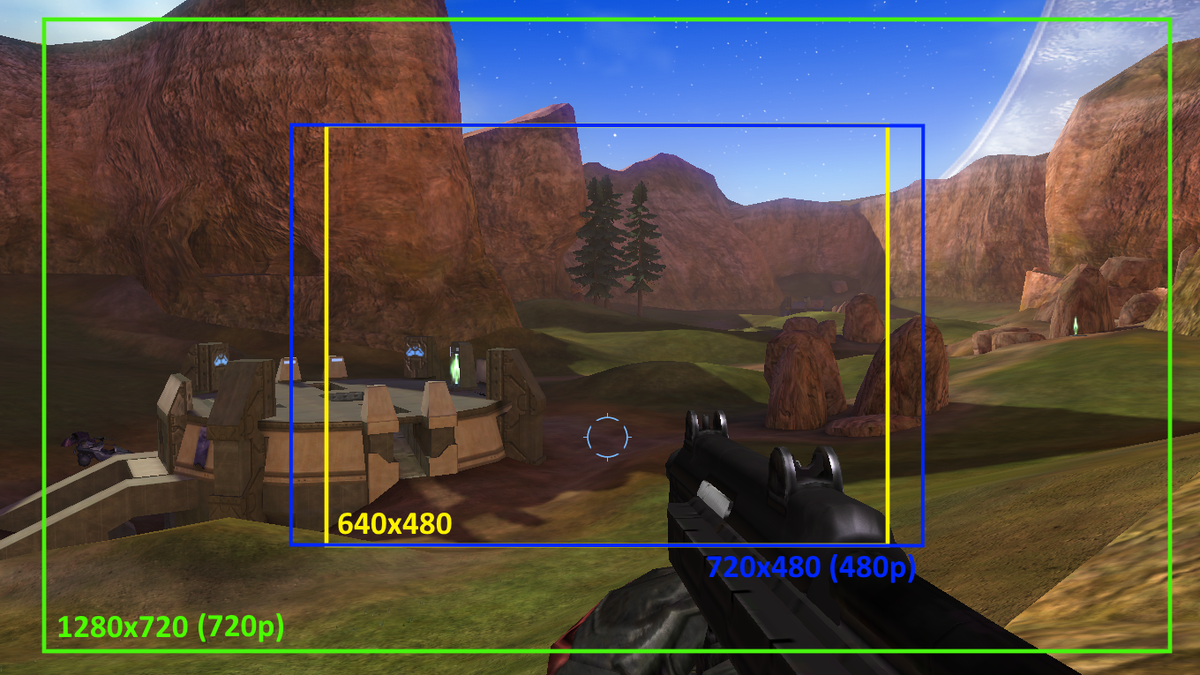The issue with Kinect on One was that it stopped being an add on. They were trying to shove it up everyone's throats, whether they wanted it or not, without having the function that could be universally applied in a fun way, which had a cost on price and performance and also made people worry about their privacy.
Kinect on 360 was literally an add on, an extra, for anyone who was interested for games specifically tailored for it. They should have kept it that way. Anytime though they tried to present Kinect as a device that was going to universally elevate your current experience it failed.
The eye toy likewise was amazing as it was a very affordable peripheral for a particular set of experiences that perfectly fit it's function.
Sega's add ons on the other hand, like how MS was trying to promote Kinect later, were supposed to bring you a universal elevated experience of your current gaming. That's a big promise that requires universal support that can truly be applied. 32X's 3D capabilities were lackluster and the Sega CD's biggest benefit was the storage to put video files and better sound in it.
Kinect on 360 was literally an add on, an extra, for anyone who was interested for games specifically tailored for it. They should have kept it that way. Anytime though they tried to present Kinect as a device that was going to universally elevate your current experience it failed.
The eye toy likewise was amazing as it was a very affordable peripheral for a particular set of experiences that perfectly fit it's function.
Sega's add ons on the other hand, like how MS was trying to promote Kinect later, were supposed to bring you a universal elevated experience of your current gaming. That's a big promise that requires universal support that can truly be applied. 32X's 3D capabilities were lackluster and the Sega CD's biggest benefit was the storage to put video files and better sound in it.




